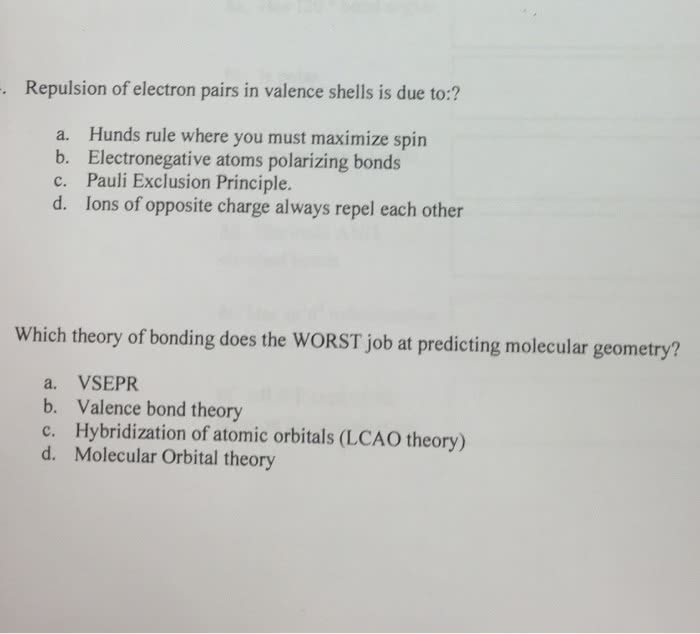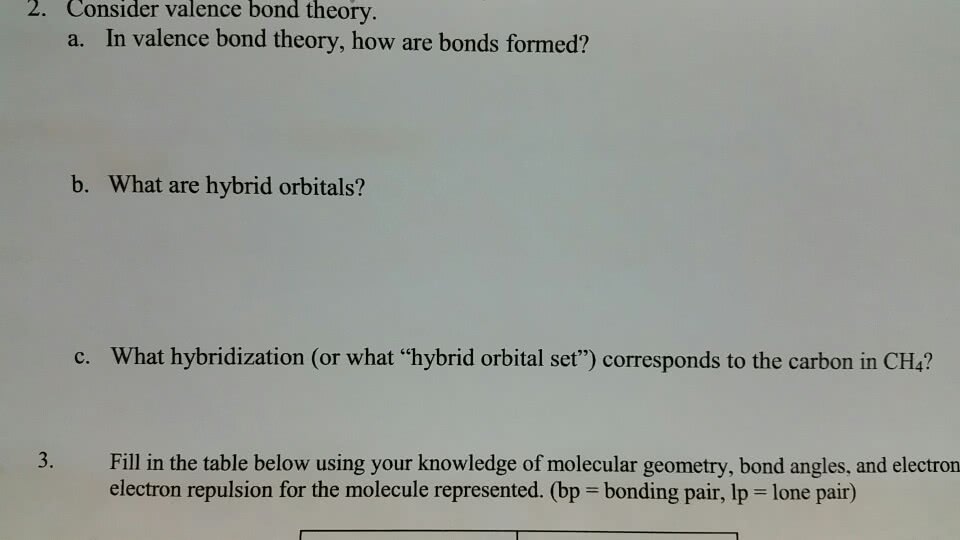CH 101 Chapter Notes - Chapter 10: Pi Bond, Molecular Orbital Theory, Sigma Bond
Document Summary
Chemical bonding ii: molecular shapes, valence bond theory, and molecular orbital. The valence shell electron pair repulsion (vsepr) theory is based on the simple idea that electron groups- which we define as lone pairs, single bonds, multiple bonds, or even single electrons- repel one another through coulombic forces. Different types of electron groups exert slightly different repulsions- the resulting bond angles reflect these differences. Valence bond theory: orbital overlap as a chemical bond. In valence bond theory, electrons reside in quantum-mechanical orbitals localized on individual atoms. The interaction energy is usually negative (or stabilizing) when the interacting atomic orbitals contain a total of two electrons that can spin-pair. Hybridization is a mathematical procedure in which the standard atomic orbitals are combined to form new atomic orbitals called hybrid orbitals that correspond more closely to the actual distribution of electrons in chemically bonded atoms. The number of standard atomic orbitals added together always equals the number of hybrid orbitals formed.



